|
17/1/2020 0 Comments CITY EDIT: NAIROBI
There is something about your birth place which can make you entirely forgiving of almost all of its flaws, at least in my case.
I landed at Jomo Kenyatta International Airport (JKIA) at 5am, which has finally been renovated and expanded for the first time in decades. I went to a modest looking counter for a taxi, where the lady asked for USD 28 to go into town (30 minute drive) and I managed to haggle it down to USD 15, which I was quite proud of. Thankfully, I also had the offline map of where I needed to go, as I quickly realised that my taxi driver was close to retirement and could not tell the time on the car, who was also clearly a great multi-tasker. He was texting for the entire ride and only occasionally looked at the road. The only thing that gave me peace of mind was that he told me that he had been driving for 30 years and the road was mostly straight. THE PAST
The history of Kenya is quite diverse, including the arrival of Vasco da Gama in the 15th century, followed by Arab, Portuguese and Indian merchants and traders. In 19th century, the Imperial British East Africa Company was formed, with strong infrastructure links with Bombay in British-ruled India. Kenya celebrated its independence from the British in 1963 and has been through some ups and downs with Asian and European citizens.
However, looking at Kenya and especially Nairobi today, time seems to have healed and accepted the past, at least in most cases. NAIROBI TODAY
Nairobi, the capital of Kenya is considered to be the capital of East Africa for a number of reasons: the people, the collaboration between the native Kenyans and those of other ethnicity. With almost 10% of the population of Kenya residing in Nairobi, it is increasingly populous over the years, which we can experience more in the traffic within the city.
Kenya has a very diverse population that includes Asians and Europeans and has evolved into a hub for growing businesses and new ventures, real estate and investments, adding to the tourism sector for attractions like Maasai Mara and others like the Equator, National Parks, Animal orphanages, Rift Valley, Lakes and more. Visiting Nairobi after a decade showed me a fine balance of how the city has grown to accommodate the needs of the wealthy, while having more sources of hope for diverting street crime from the poorer parts of the slums. It still feels like the Nairobi I was born in and grew up in, but with a few expansions and makeovers here and there. Infrastructure wise, there seems to be a mix of a lack of public funding for road improvements but a gradual growth in private and commercial properties and some flyovers with a substantial amount of Chinese investors. Down Town Nairobi is still where one can have a full meal and a cup of tea for under the equivalent of 50 cents, while the rooftop bars can charge you USD 20 for a main meal and on average two or three dollars for a non-alcoholic beverage. In the western world, the rooftop bar prices are quite standard. While staying in Nairobi with my friend, who drove us around the city and its peripheries, gave me a flavour of the life led by those who are well off and / or tourists, while walking the streets with the locals, was a completely different and warming experience. As a child I never walked the streets of Nairobi, and it seems like it is still rare to. Thankfully Uber has become widely available and is very reasonable. You could even be a bit more adventurous and take a Boda-Boda (scooter taxi). NATURE & WILDLIFE
Nairobi retains its image as home to less, but still some abundance of wildlife. As a child, we used to drive towards the airport and were likely to see giraffes crossing the road. That does not happen these days, with the exception of the odd lion escaping the park. However, in Nairobi National park, you could still sight lions, giraffes, zebras and perhaps a rhino. You could also venture out to the David Sheldrick Wildlife Trust, an elephant orphanage that helps preservation of baby elephants and baby rhinos who have been orphaned, mostly due to poaching.
Karura Forest in Westlands has plenty of wildlife to spot while you walk through the greenery, such as monkeys, bush squirrels, hares and a lot of pretty butterflies. After exploring the forests, caves and waterfalls, you could head to the River Side Cafe for a drink and a nice burger.
WALKING TOUR
On one of our free days, we decided to book a day tour for USD 35 with some twenty and thirty-something year old ex-prisoners, who have turned their lives around and have started their own Nairobi street tour company. They told us about how their childhood in poverty made them go into crime, robbery and in some cases murder, followed by going to jail.
If nothing else, their stories showed us that there is always a second chance for everyone. The boys showed us the real streets of Nairobi, which one of them called Typhoon said was called Nairoberry. Because they were known in the area, having good relations which the local police (for multiple reasons), it felt relatively safe for us to walk. As long as we dodged the Matatus (small vans for public transport). I heard my friend say Scotland around 20 times when random people asked him where he was from, followed by me hearing the word Musungu (caucasian person). I, on the other hand was less exotic, with around 20 per cent of the Nairobi population being Muindis or Mbais (South Asian people). I was walking on pavements that were still being built, driving over hundreds of pot holes with some reckless driving and overtaking, buying vegetables from a local market, negotiating prices at Kariokor market for handmade leather and beaded accessories, while watching them make these themselves. After returning to my leisure mode, I decided to go for a massage and meal at Jacaranda hotel. I was asked by the waiter if I would be visiting again soon, while I was paying for my Tusker Lite (less calories and still 4% alcohol volume and almost the same taste. End of commercial). I said I did not know but maybe in a few months or years, although I will always have a soft spot for this city and country. He told me to come back and start a business. After all, home is where the heart is. THINGS TO DO IN NAIROBI
Nairobi National Park & Orphanage
Carnivore (game meats and cocktails) Karura Forest walk with waterfalls and River Cafe Sheldrick Elephant orphanage Giraffe Centre or Manor Nightlife: Bao Box (drinks, food and board games); Gipsy bar & club; Js Lounge & Kitchen for live sports and music Food: Hashmi (masala chips and chicken); Furusato (BibinBap); or head down to Ngara for local cuisine like Ugali & Sukuma, Githeri or Mandazi Walking tour with former street kids (Like Local) Fashion (women): Vivo (yaya centre), Kariokor market (Downtown), Entertainment: Village market (shopping, food courts and bowling), Sarit centre, Yaya centre
0 Comments
|
Home |
Categories |
|

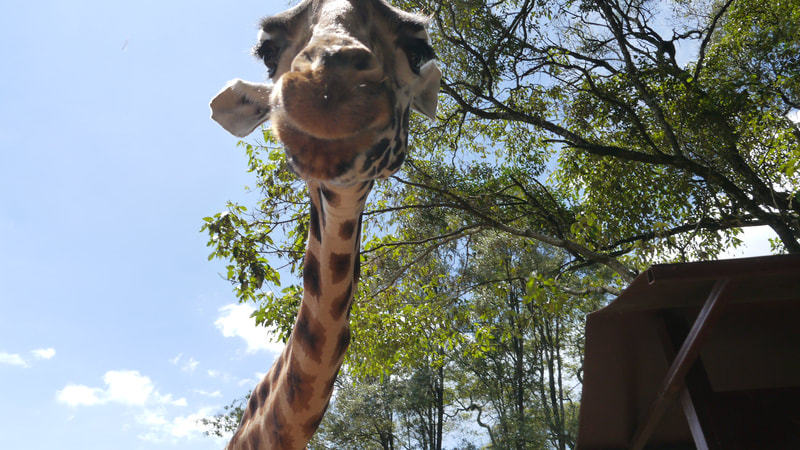
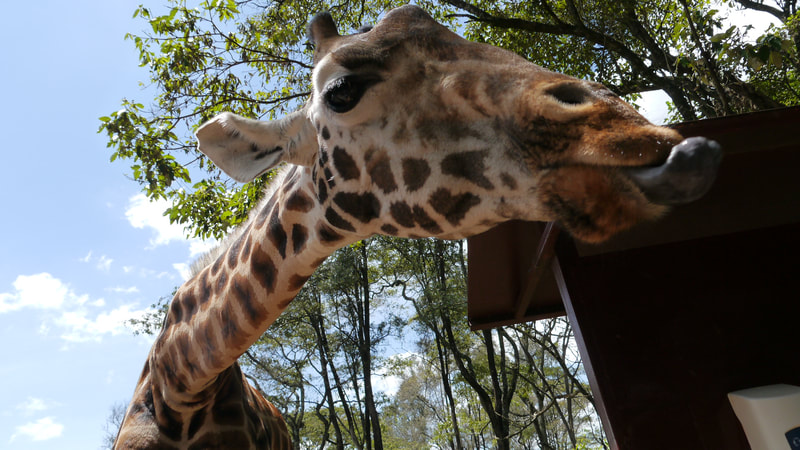


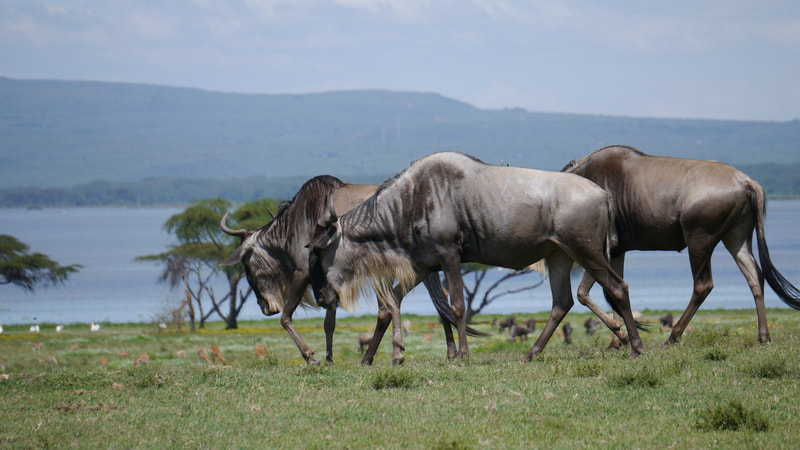



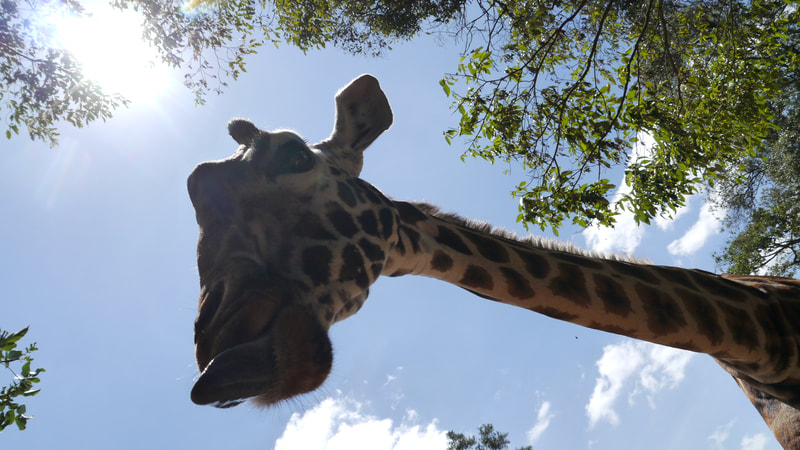

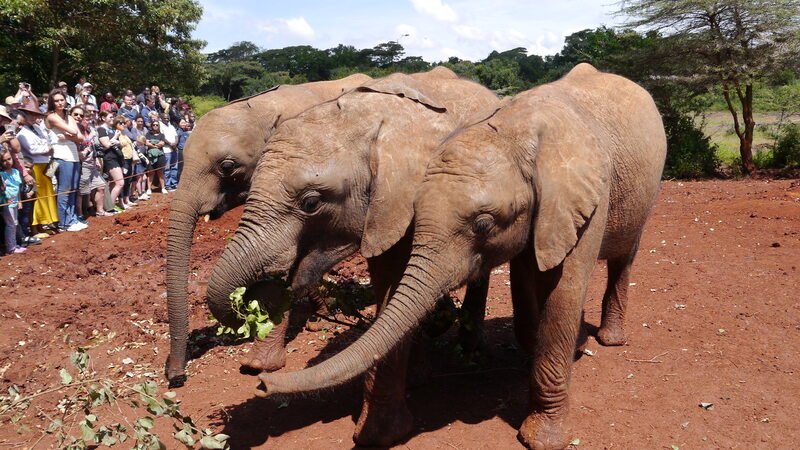

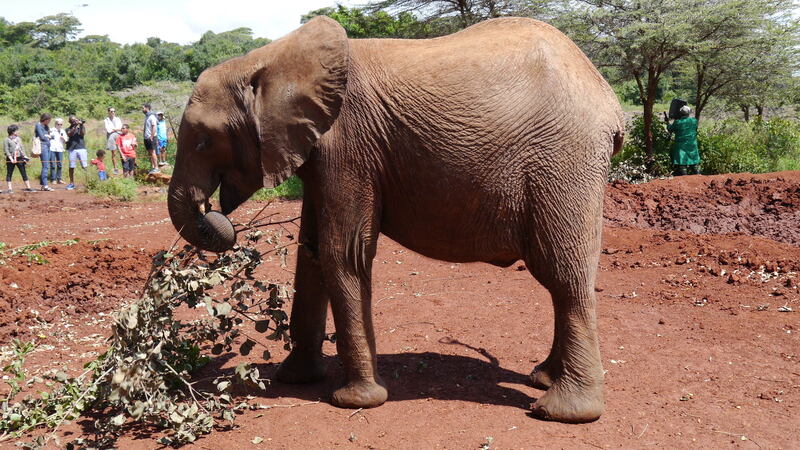
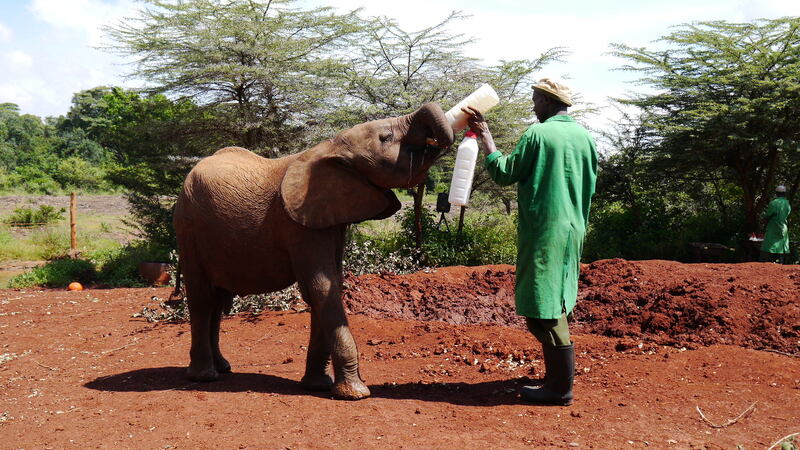


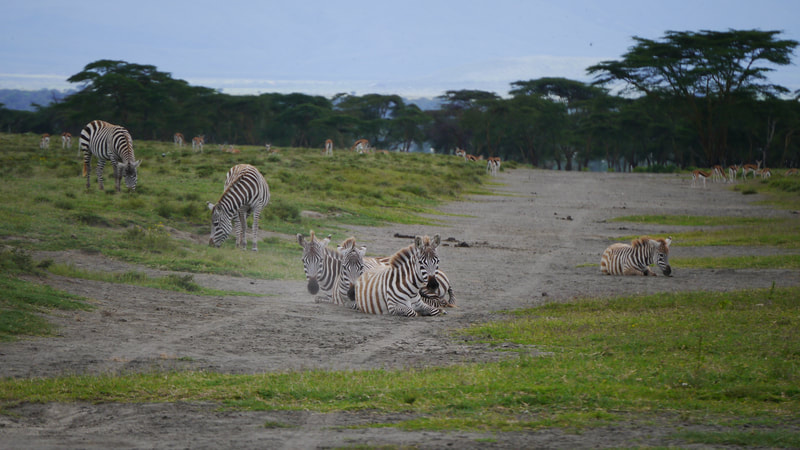

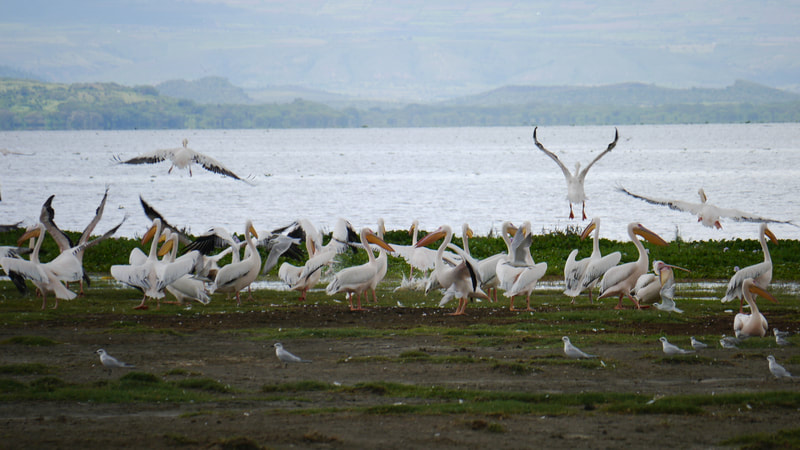



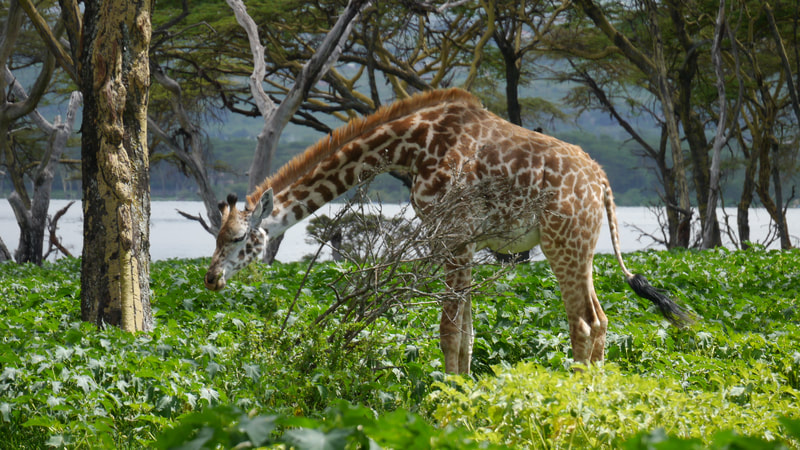
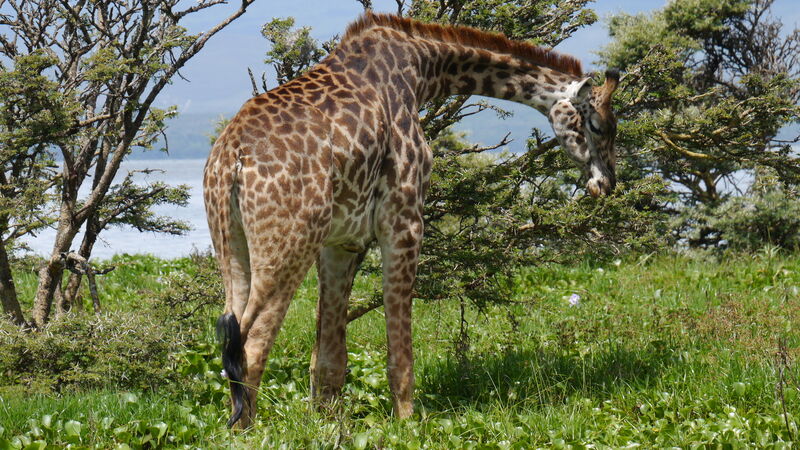


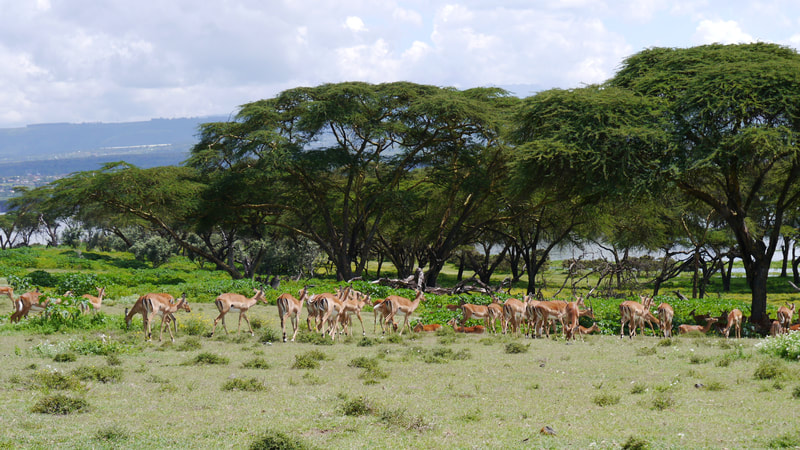

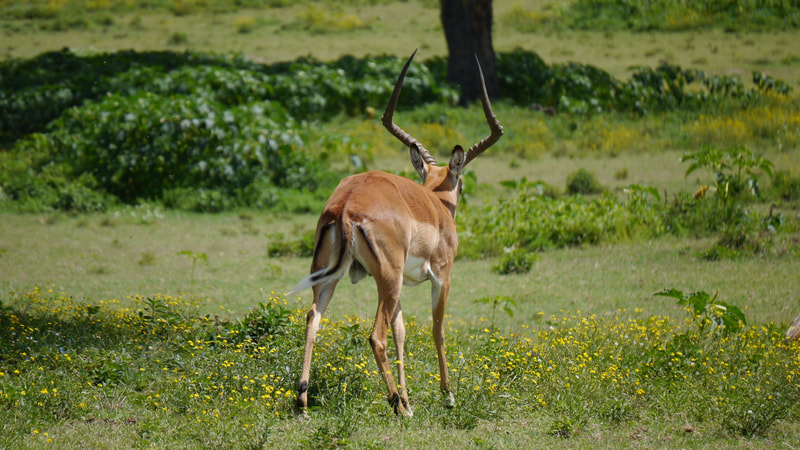
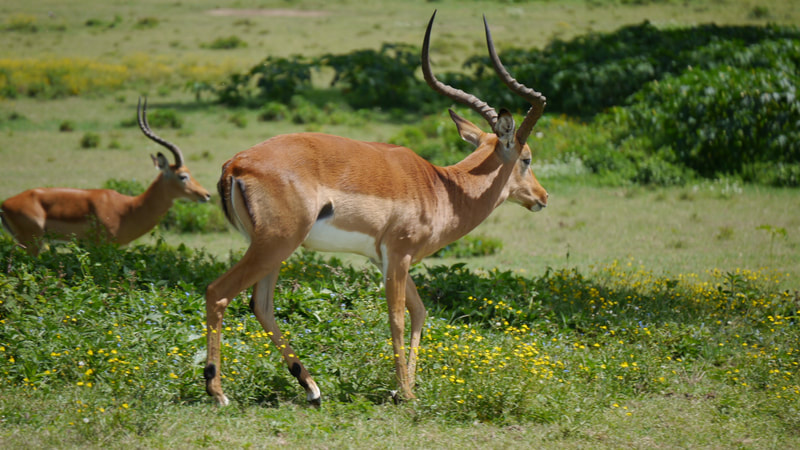

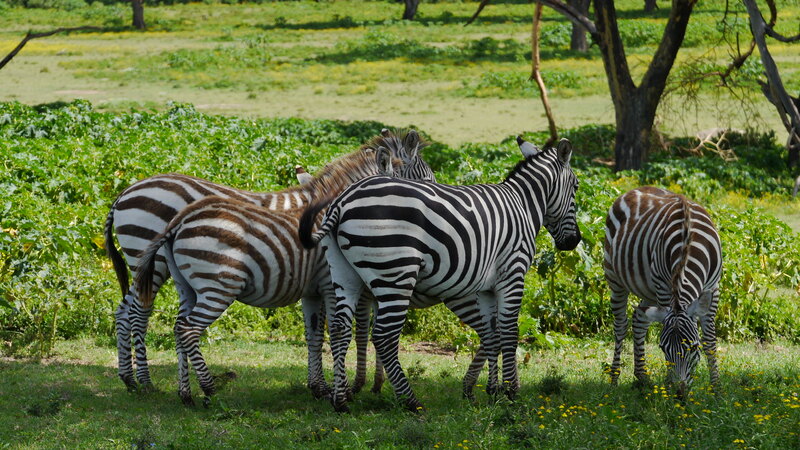


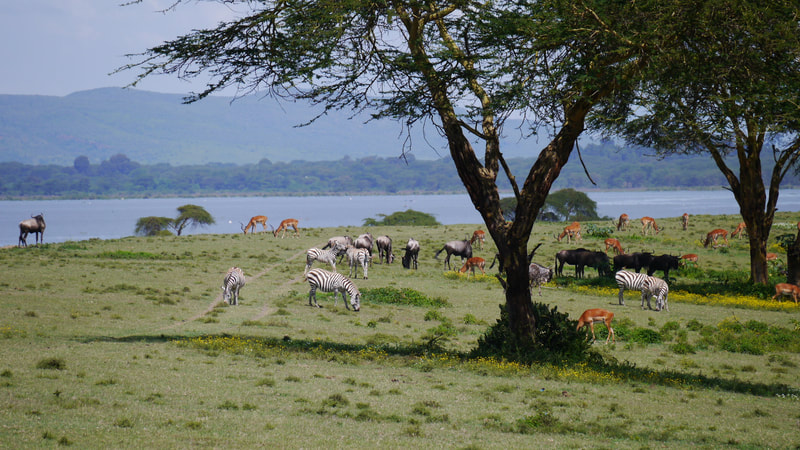
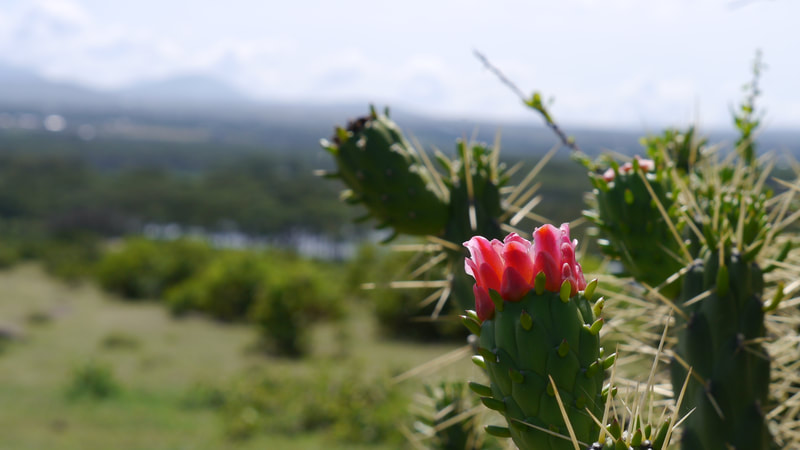

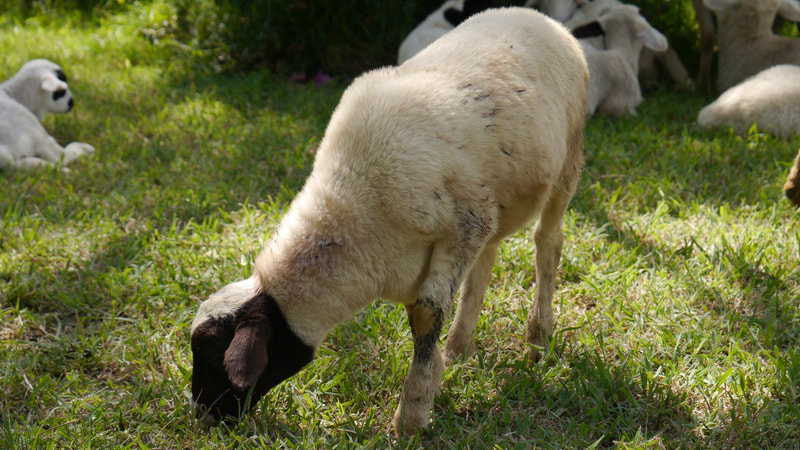
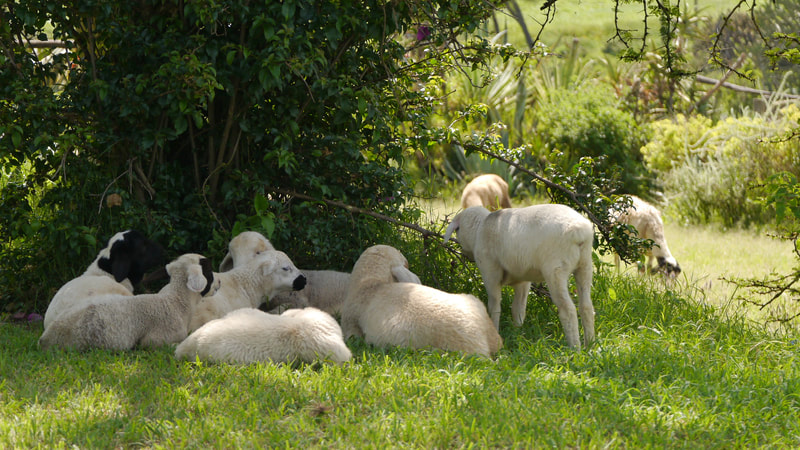
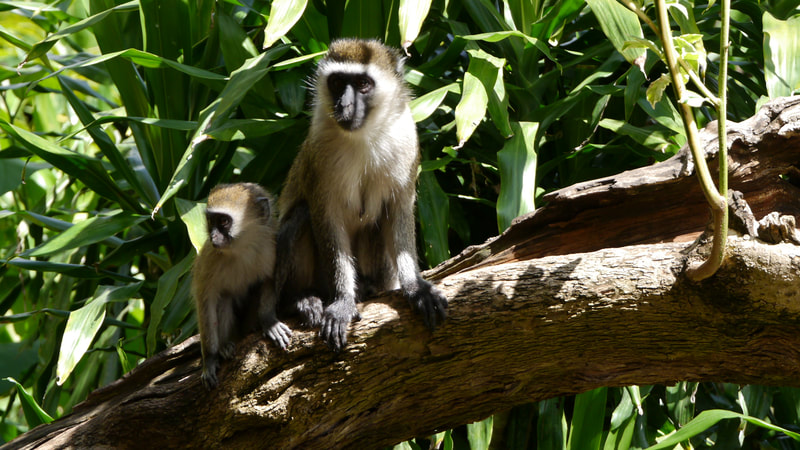
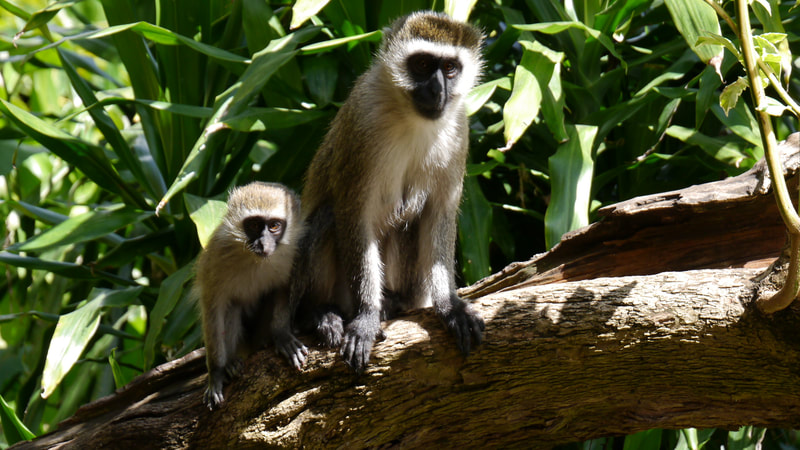

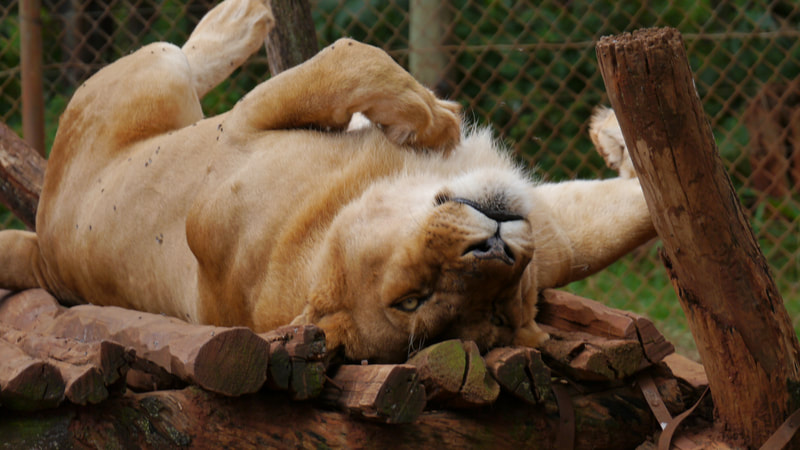

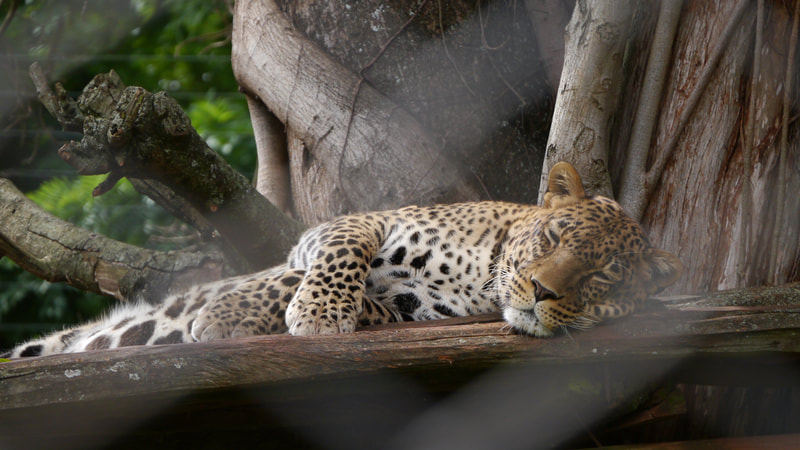

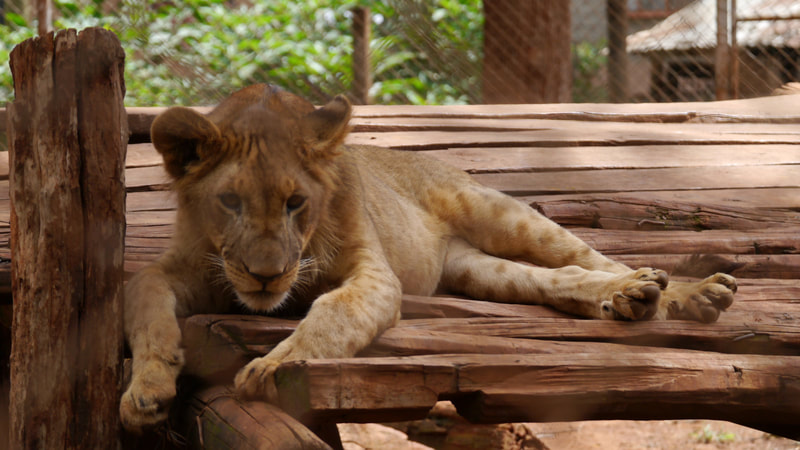



 RSS Feed
RSS Feed